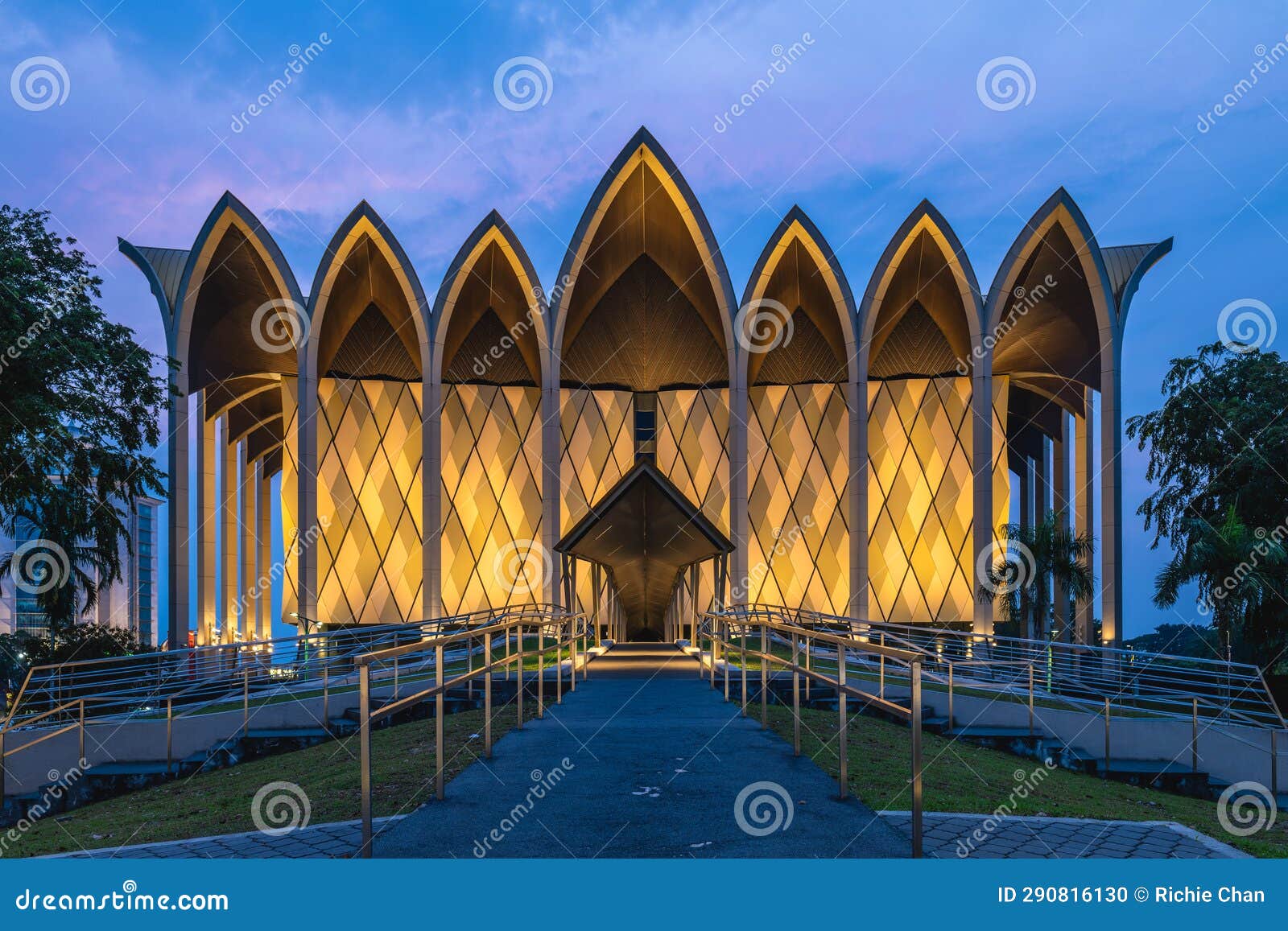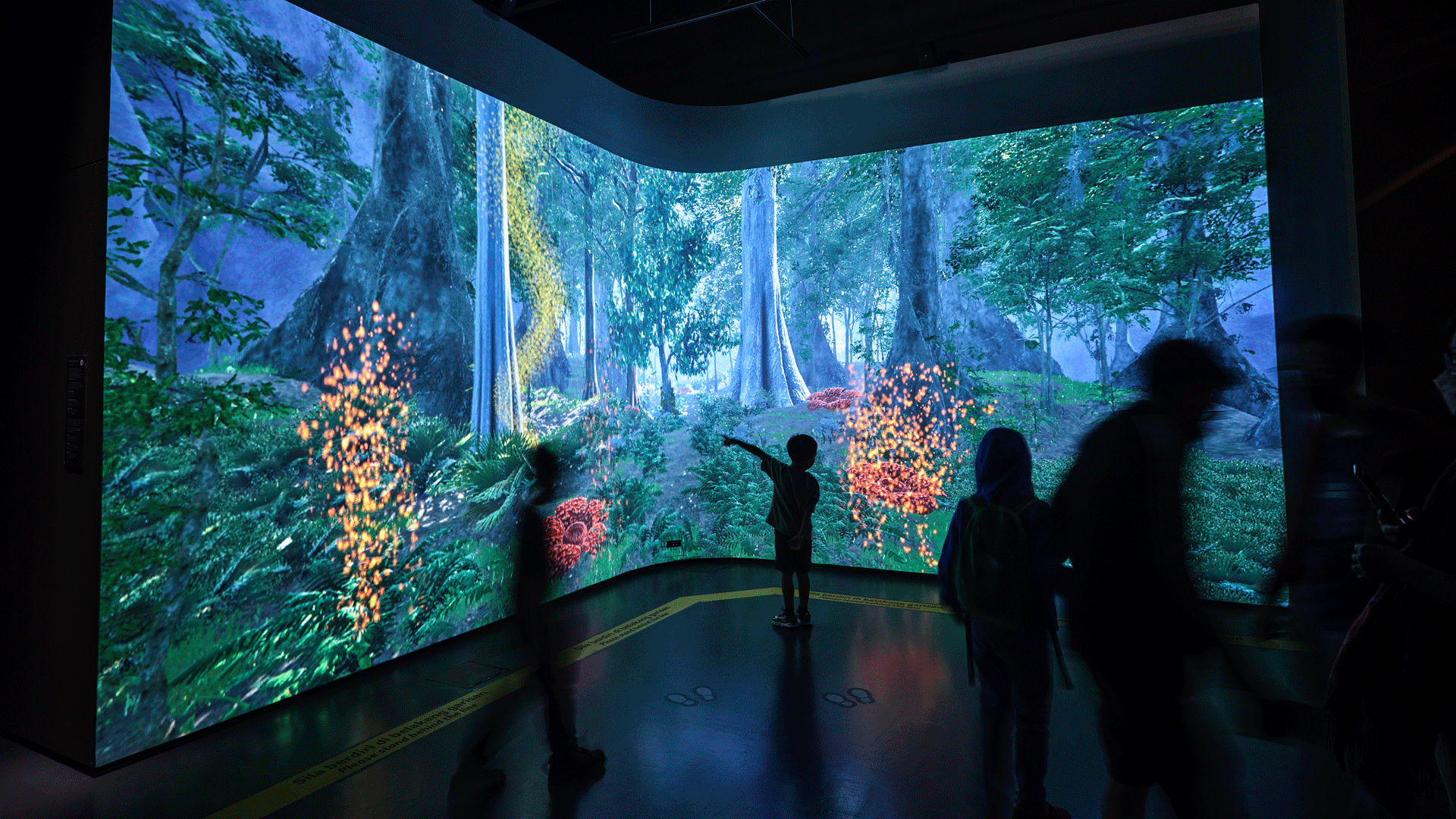Embrace Borneo's Heritage: Visit Cultures Museum
Embrace Borneo's Heritage: Visit Cultures Museum
Blog Article
Look Into the Interesting Globe of Borneo's Cultural Heritage: A Comprehensive Overview to the Cultures Gallery Experience
Immersing oneself in the intricate tapestry of Borneo's social heritage belongs to beginning on a voyage via time and custom. The combination of native tribes, typical inventions, captivating efficiencies, and historical narratives housed within the boundaries of the island's museums provides a glimpse into a globe including extensive traditions and dynamic customs. As visitors traverse through these repositories of society, they are beckoned to discover a realm where past and existing intermingle, inviting consideration on the resilience and splendor of Borneo's diverse heritage.
Aboriginal Tribes of Borneo
Borneo is home to over 50 aboriginal people, each with special social techniques and customs that have actually been preserved for generations. Among these tribes are the Iban, recognized for their complex tattoos and typical longhouses where multiple families live.
These indigenous people play a crucial role in keeping Borneo's rich cultural tapestry. Regardless of outside influences and modernization, lots of people proceed to support their languages, customs, and beliefs. Site visitors to Borneo have the opportunity to engage themselves in the unique lifestyles of these people through cultural excursions, homestays, and community-based tourist initiatives. By engaging with these aboriginal communities, site visitors can get a much deeper gratitude for the diversity and durability of Borneo's aboriginal heritage.
Standard Handicrafts and Artifacts

One noticeable example of traditional handicrafts in Borneo is the production of woven goods - Borneo Cultures Museum. Proficient weavers make use of natural fibers like bamboo, rattan, and pandan delegates develop intricate baskets, floor coverings, and devices decorated with colorful patterns that hold symbolic significances within the neighborhood
The art of woodcarving is one more significant element of Borneo's conventional inventions. Artisans sculpt detailed designs into different kinds of wood to generate masks, sculptures, and music instruments that not just serve practical objectives but also hold cultural relevance, typically showing mythology or spiritual ideas.
Moreover, Borneo is renowned for its beadwork, with artisans carefully crafting grains from materials like glass, seeds, and shells to create jewelry, garments decorations, and decorative products that showcase the area's dynamic visual traditions. These traditional handicrafts and artifacts not only offer as concrete expressions of Borneo's cultural heritage yet likewise give insights right into the areas' beliefs, worths, and way of living.

Social Performances and Festivals
With an ingrained connection to their social customs, the areas in Borneo come active with dynamic social performances and celebrations that commemorate their heritage. These events display the rich diversity of Borneo's ethnic teams, each offering special dances, songs, and rituals that have actually been given through generations. Among one of the most prominent events is the Gawai Dayak, celebrated by the Dayak individuals to mark the rice collecting season. During this celebration, traditional music fills the air, intricate dances are performed, and sophisticated conventional costumes are put on. Another substantial event is the Pesta Kaamatan, celebrated by the Kadazandusun area to give many thanks for the rice harvest. This celebration includes cultural performances, consisting of the Sumazau dance, and typical sports like the bamboo dance. Site visitors to Borneo can submerse themselves in these festivities, obtaining look here a deeper understanding of the region's social heritage and experiencing the cozy friendliness of its people. Social efficiencies and festivals act as a vibrant suggestion of Borneo's abundant cultural tapestry and the importance of protecting these practices for future generations.
Historic Stories and Artifacts
Exploring the historic stories and artifacts of Borneo uses a fascinating look right into the area's rich past and social advancement. Borneo's historic tapestry is woven with varied impacts, showing the communications in between native tribes, Chinese traders, European colonizers, and Malay sultanates. The artefacts found in Borneo showcase this intricate history, ranging from standard crafts like intricate beadwork and woodcarvings to historical treasures such as ancient pottery and tools.
One of the most compelling facets of Borneo's historical stories is the conservation of oral traditions passed down through generations. These stories give insights into the beliefs, customizeds, and everyday lives of Borneo's occupants throughout the centuries. The artefacts discovered from historical sites offer concrete connections to these stories, enabling visitors to witness the product culture of past cultures firsthand.
Contemporary Cultural Conservation Efforts

Moreover, curricula and cultural exchange activities play a vital function in elevating awareness concerning the importance of preserving Borneo's distinct social heritage. By engaging institutions, museums, and the larger neighborhood her latest blog in conversations and activities that commemorate Borneo's diverse cultures, conservation initiatives can acquire momentum and support for lasting sustainability. Partnerships in between governmental bodies, charitable organizations, and local neighborhoods are important in driving these preservation ventures forward, ensuring that Borneo's abundant social heritage remains vibrant and valued for generations ahead.
Verdict
To conclude, the social heritage of Borneo is diverse and rich, with native tribes, standard inventions, cultural efficiencies, festivals, historic stories, and contemporary preservation initiatives all contributing to its originality and importance. Site visitors to Borneo's social museums can gain a much deeper understanding and appreciation of the area's social heritage, enabling a more immersive and enlightening experience.
Immersing oneself in the intricate tapestry of Borneo's social heritage is comparable to embarking on a voyage with time and tradition.With an ingrained connection to their cultural practices, the communities in Borneo come alive through vibrant cultural performances and festivals that commemorate their heritage. Social efficiencies and festivals offer as a lively tip of Borneo's abundant social tapestry and the importance of maintaining these customs for future generations.
Additionally, weblink academic programs and social exchange tasks play an important role in raising awareness concerning the value of protecting Borneo's special social heritage. Collaborations in between governmental bodies, non-profit companies, and local neighborhoods are crucial in driving these conservation endeavors forward, ensuring that Borneo's abundant cultural heritage remains dynamic and treasured for generations to come.
Report this page